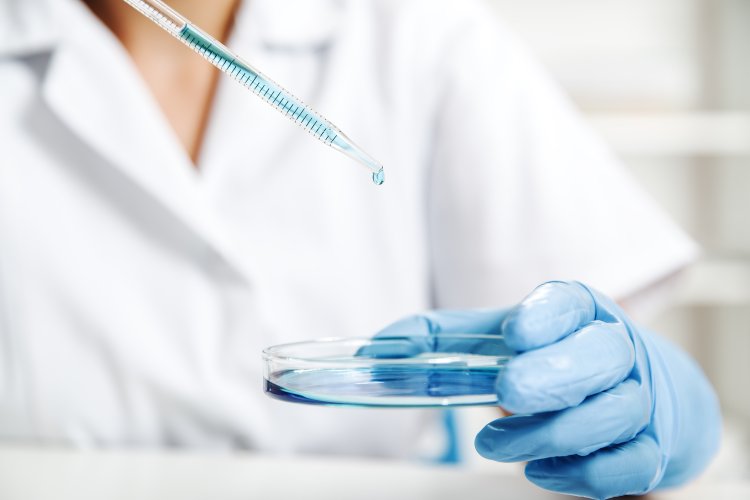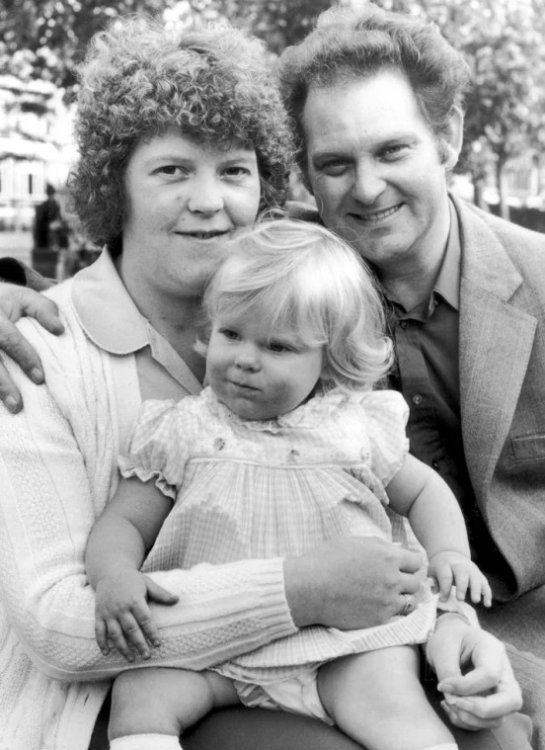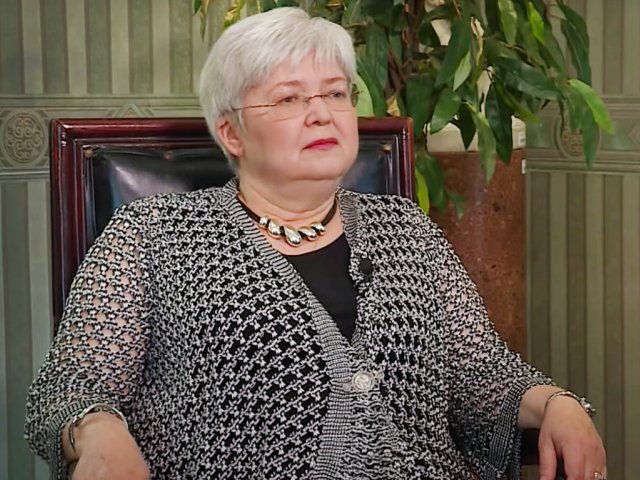On July 25th, 1978, a child weighing 2.61 kilograms was born in England, conceived by means of artificial (or in vitro, IVF) fertilization. Louise Joy Brown became the first person in the world to be born thanks to the IVF procedure.
For a long time, her mother, Leslie Brown, could not get pregnant. On November 10th, 1977, Professor Robert Edwards succeeded in performing IVF. In a small laboratory in Oldham, England, a fertilized egg in a Petri dish was successfully transplanted into the uterus of a woman. And 38 weeks later, Louise Joy Brown was born – the first “child from the test tube,” as children conceived by using IVF became to be known. For this innovation, the British physiologist Robert Edwards was awarded the Nobel Prize in Physiology and Medicine.
18th October 1979: A portrait of Louise Joy Brown, the first test-tube baby, with her parents in England.
Since early 1960s, Professor Edwards has been involved in scientific observations on in vitro fertilization. Then he conducted his first experiments with animal eggs, improving his fertilization process every time. Robert Edwards later suggested that British obstetrician-gynecologist and infertility treatment pioneer Patrick Steptow carry out the world’s first artificial fertilization in a human subject. The obstetrician-gynecologist along with the physiologist and a nurse, Gene Pardee, was responsible for the development of the IVF procedure. The procedure was successful.
In 1982, Leslie Brown gave birth to a second “test tube baby.” After a while, both of her daughters were able to give birth by natural conception. The children are healthy and have no disorders. Despite the successful performance of the procedure, few fellow scientists recognized IVF as an effective method. For that reason, artificial fertilization was performed secretly in the early years for the sake of female volunteers’ safety.
Scientists have made a proposal to the British National Health Service to perform IVF free of charge. But their proposal was rejected, so Edwards and Steptow had to open a small clinic in the suburbs of Cambridge on their own. The artificial fertilization procedure was far from simple: women stayed under strict supervision in a hospital where they were tested every 3 hours. Doctors monitored hormone levels to remove the egg at the right moment. Once the embryo was attached, women were discouraged from assuming a vertical position and moving actively around the clinic.
Today, the IVF procedure has become more affordable. According to TASS, the Deputy Minister of Health of the Russian Federation Evgeny Kamkin confirmed an increasing successful rate of the IVF procedure and the high development of child-bearing by artificial fertilization. “The number of births after IVF increased 2.3 times <...> in the period from 2012 to 2020. While in 2012 there were about 13 thousand births after the IVF procedure, in 2020 there were about 30 thousand births out of 60 thousand procedures,” said Evgeny Kamkin at the meeting of the Council on Social Welfare under the Government of the Russian Federation. In the course of the implementing of Demographics National Project up to 2024 inclusively, it is planned to carry out 450 thousand free procedures of in vitro fertilization in Russia for couples suffering from infertility.
The article is based on open sources
Source of image in the text and on the homepage: alex011973 / Photo bank 123RF























